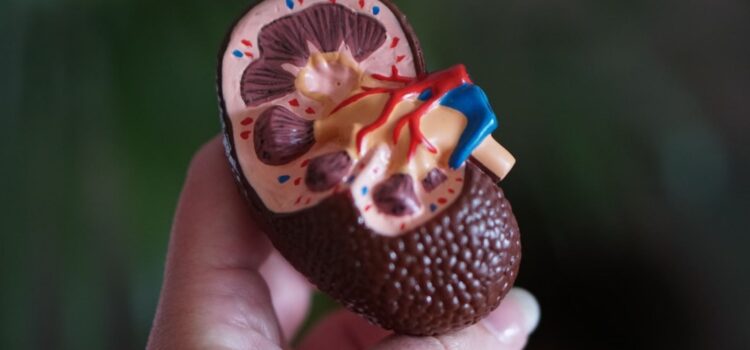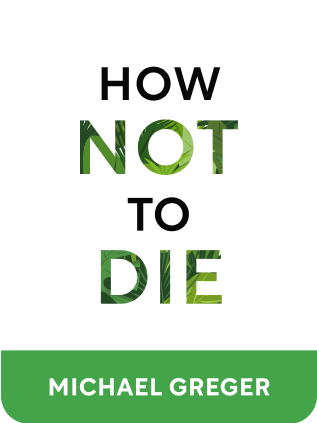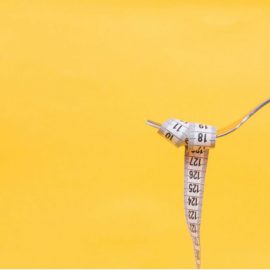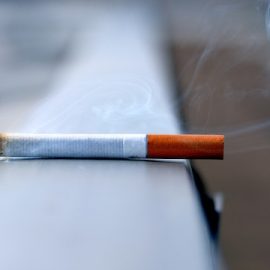

This article is an excerpt from the Shortform book guide to "How Not to Die" by Michael Greger. Shortform has the world's best summaries and analyses of books you should be reading.
Like this article? Sign up for a free trial here .
How does kidney disease affect the body? What are some things you can do to prevent kidney disease?
On average, around 60,000 people die from kidney disease every year. Most of those deaths can be prevented by making lifestyle and diet changes such as stopping tobacco smoking and reducing meat consumption.
Keep reading to learn more about kidney disease, prevention, and risk factors.
Understanding Kidney Function
- Kidneys filter 150 quarts of blood daily to make 1-2 quarts of urine.
- Kidney malfunction leads to accumulation of toxins, causing weakness, shortness of breath, and confusion.
- Kidney failure requires dialysis, but the life expectancy of a patient requiring dialysis is less than 3 years.
- Only 41% of Americans have normal kidney function, compared to 52% 10 years ago. Something in the environment is likely causing this trend.
- Most people with kidney failure die from other causes like cardiovascular disease. Patients under 45 with kidney failure are 100 times more likely to die from heart disease.
Animal Meat and Kidney Disease
Animal protein, animal fat, and cholesterol are all implicated in declining kidney function.
- Animal protein causes hyperfiltration, or an increase in workload of kidney.
- Kidney filtration rate shoots up within hours of eating animal protein.
- Humans evolved a hyperfiltration capacity to handle sudden boosts in protein intake, say from a fortuitous killing of a large animal. Eating a lot of animal protein once in a while is OK. But now we’re overloading daily.
- Mechanism of action: animal products cause inflammation in the kidney.
- In an experiment, giving an anti-inflammatory drug along with eating animal protein shows no hyperfiltration response.
- Another mechanism of action: meat protein increases acid load to the kidneys. Animal protein tends to have higher levels of sulfur-containing amino acids like methionine
- The worst offenders are fish (including tuna), pork, poultry, cheese, beef
- Acid load requires ammonia production to balance pH. Chronic exposure to ammonia is toxic and degrades kidney function over time
- Eating sodium bicarbonate can lower the acid load, but this comes with excess sodium which itself causes kidney damage.
There is no correlation between plant protein or plant fat with kidney damage.
- Compared to eating animal protein, eating an equivalent amount of plant protein causes no noticeable stress on kidneys.
- A six-month, double-blind, randomized, placebo-controlled trial showed that plant protein helps preserve function in diseased kidneys, compared to dairy protein.
- Unlike animal foods which are acidic, plant foods are basic.
- Plant protein does not contain as much acidic amino acid
- Plant-based diet can return acidic urine to neutral within a week
- Best performing plants here are vegetables, fruits, and beans.
Kidney Stones
1 in 11 Americans are affected by kidney stones today.
They’re formed from crystallized calcium oxalates and uric acid.
Eating less meat reduces the risk of kidney stones a lot.
- Eating extra animal protein (1 can of tuna fish daily) increased the risk of kidney stones by 250%.
- Eating less meat and salt reduced kidney stone risk by 50%, compared to a low-calcium diet which only decreased by 25%.
- Removing all meat reduces risk of uric acid crystallization by over 90% in 5 days.
- Higher vegetable intake does not increase risk of stone formation, despite increase in oxalate dosing
Phosphorus
Excess phosphorus increases risk of kidney failure and heart failure. It seems to damage blood vessels and hasten aging and bone loss.
Americans consume twice as much phosphorus as needed.
The source of phosphorus matters—animal phosphorus is much more damaging than plant phosphorus.
- Animal phosphorus comes in phosphate form, which is readily absorbed.
- Plant phosphorus comes in phytate form, which is not readily absorbed.
- This is similar to the difference in absorption of animal heme iron vs plant non-heme iron (from the chapter on colorectal cancers).
Phosphorus additives are the worst. These are found in cola drinks, and they’re added to meat to enhance color and add water weight.
One of the kidney disease prevention recommendations is to avoid foods that contain pyrophosphate and sodium triphosphate.
Nitrosamines
Nitrosamines are carcinogens that result from nitrites used for curing meat.
The chemical reaction involved has nitrates turning into nitrites, which then turn into carcinogenic nitrosamines and nitrosamides.
- Thus, nitrates and nitrites are precursors to nitrosamines.
- For nitrite free food, look at the fine print—the label often says “nitrite-free, except those naturally occurring in celery juice.” This is equally as bad—fermented celery juice contains nitrites.
Tobacco use is a big risk factor for kidney cancer because of nitrosamines. Nitrosamines stick to blood vessel walls and continue harming—so-called thirdhand smoke.
One hot dog has as many nitrosamines and nitrosamides as 4 cigarettes. To reduce your risk, reduce your processed meat consumption to under 20g a day.
Once again, animal sources of amines are more harmful than plant sources.
- Animal products contain amines and amides, thus creating nitrosamine in the stomach.
- Plant foods contain not only contain less amines and amides, but they also contain vitamin C and other antioxidants that block the formation of nitrosamine. Thus, unlike meat, plant foods do not show an increased risk for kidney cancer.

———End of Preview———
Like what you just read? Read the rest of the world's best book summary and analysis of Michael Greger's "How Not to Die" at Shortform .
Here's what you'll find in our full How Not to Die summary :
- The health benefits of a plant-based, whole-food diet
- How to reduce your risk of developing the most common diseases that can kill you
- The 12 foods you should eat daily to maximize health benefits






